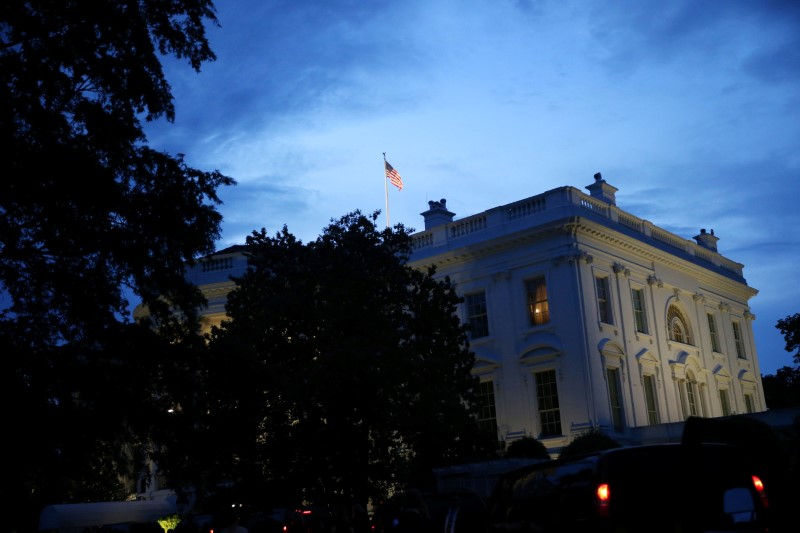 © Reuters. U.S. President Donald Trump speaks at the Susan B. Anthony List 11th Annual Campaign for Life Gala
© Reuters. U.S. President Donald Trump speaks at the Susan B. Anthony List 11th Annual Campaign for Life GalaBy David Morgan
WASHINGTON (Reuters) – The White House on Thursday proposed merging the U.S. Labor and Education departments into a single agency, as part of what senior officials described as the biggest federal government reform since the Great Depression.
White House budget director Mick Mulvaney unveiled plans that would also break up the U.S. Army Corps of Engineers and shuffle programs such as food safety, food stamps and housing between other departments and agencies.
Mulvaney said the White House could initiate some changes through executive action but acknowledged that much of the reorganization would require congressional action.
The proposal also calls for restructuring the U.S. Postal Service and suggests significant changes that Congress previously rejected, including potential privatization of both the Federal Aviation Administration’s air traffic control services and the Saint Lawrence Seaway.
The Trump administration proposal calls for privatizing mortgage giants Fannie Mae and Freddie Mac, but would provide “an explicit, limited federal backstop.”
The changes to the Army Corps of Engineers and Labor and Education departments alone would affect more than 55,000 federal military and civilian workers, according to government documents.
Mulvaney said the emphasis placed on workforce training by Trump’s daughter and senior adviser Ivanka Trump led to the idea of merging the Labor and Education departments.
“We think that makes tremendous sense. Because what are they both doing? They’re doing the same thing. They’re trying to get people ready for the workforce. Sometimes it’s education. Sometimes it’s vocational training,” Mulvaney said.
More than 40 job training programs would be reduced to 16 and housed in the new department.
The U.S. Army Corps of Engineers would be broken up and placed under three departments, with military-related operations remaining under the Pentagon but environmental projects falling under the Department of the Interior and ports and canals under the Department of Transportation.
Food safety operations would be moved from the Food and Drug Administration to the U.S. Department of Agriculture. USDA housing programs would shift to the Department of Housing and Urban Development, while food stamps and other welfare-related programs would be transferred from USDA to the Department of Health and Human Services.
A separate administration summary said government agencies “are considering opportunities to reposition their real property footprints, including relocating staff and offices to locations outside of the National Capital Region.”
Mulvaney, a conservative former congressman from South Carolina, said such major changes had not occurred in the federal government since President Franklin Roosevelt set out to tackle economic depression in the 1930s with his New Deal reforms.
A White House statement said the new changes, intended to make the federal government more efficient, effective and accountable, were the result of a year’s planning, with input from stakeholders, agencies and the public.
U.S. Postmaster General Megan Brennan said in a statement: “It will be for Congress to decide whether the best path to financial sustainability is to preserve the postal service’s status as a government institution focused on our mission of public service … or whether a profit-maximizing corporate model is preferable,” she said in a statement.
Fusion Media or anyone involved with Fusion Media will not accept any liability for loss or damage as a result of reliance on the information including data, quotes, charts and buy/sell signals contained within this website. Please be fully informed regarding the risks and costs associated with trading the financial markets, it is one of the riskiest investment forms possible.
Source: Investing.com




























